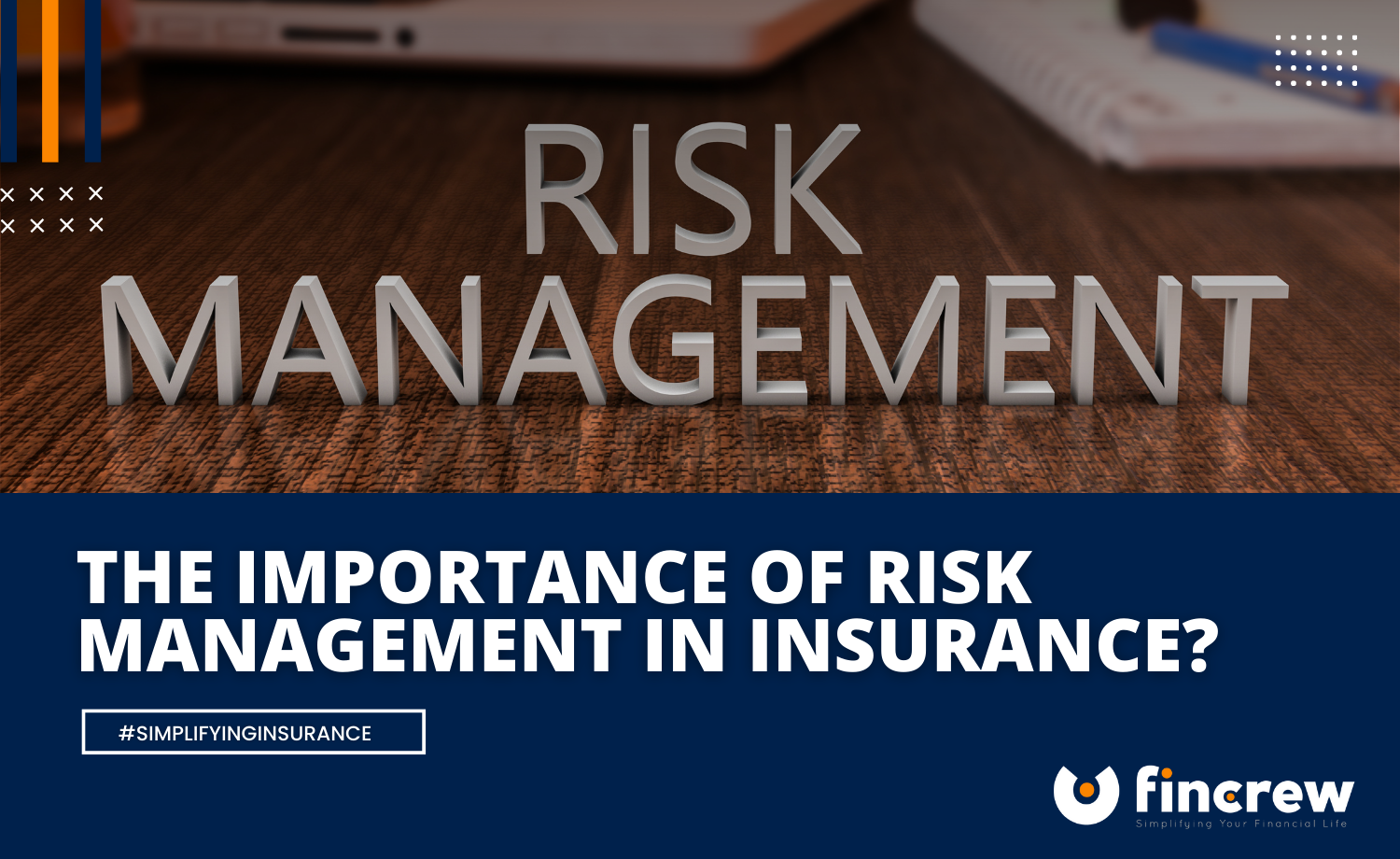The Role and Importance of Risk Management in Ensuring Business Continuity
The Role and Importance of Risk Management in Ensuring Business Continuity
Blog Article
Checking out the Relevance of Risk Management for Effective Decision-Making Methods
In the elaborate globe of company, Risk Management arises as a crucial consider the decision-making procedure. The capacity to determine potential dangers and possibilities, and plan accordingly, can lead to the distinction between success and failing. With tools such as SWOT and PESTEL, organizations are outfitted to make educated options, promoting durability and flexibility in an ever-changing environment. Wondering just how this functions? Let's unpack the characteristics even more.
Understanding the Principle of Risk Management
Risk Management, a critical component in decision-making, is typically misinterpreted or oversimplified. Typically, it describes the recognition, evaluation, and prioritization of threats to decrease, check, and regulate the likelihood or effect of unfortunate occasions. It's not merely regarding preventing adverse results, yet also about identifying possible possibilities. Risk Management includes organized and self-displined techniques, utilizing information and insightful assessments. It needs a comprehensive understanding of the organization's context, objectives, and the possible risks that could obstruct them. From monetary unpredictabilities, lawful liabilities, calculated Management errors, to mishaps and natural calamities, it attends to different risks. Notably, efficient Risk Management is not stationary; it's a constant, forward-looking procedure that advances with changing scenarios.
The Function of Risk Management in Decision-Making Processes
In the realm of calculated planning and service procedures, Risk Management plays an important duty in decision-making processes. It assists in identifying prospective threats and unpredictabilities that can affect the achievement of service purposes. By tracing these dangers, business can formulate techniques to alleviate their influence, making sure business connection and stability. Risk Management therefore becomes an essential tool in decision-making, assisting leaders to make enlightened choices based on an extensive understanding of the risks entailed. It urges a proactive strategy, allowing organizations to prepare and prepare for for possible future scenarios. This significantly decreases the likelihood of negative effects, advertising much more effective and reliable decision-making methods. Risk Management serves as a crucial component in the decision-making procedures of any type of company.

Just How Risk Management Improves Strategic Preparation
In the context of tactical planning, Risk Management plays a pivotal role. Initiating with the recognition of potential risks, it additionally reaches the implementation of Risk reduction measures. The function of Risk Management is dynamic yet not static, as it demands constant monitoring and adjusting of strategies.
Determining Prospective Dangers

Applying Risk Mitigation
Having actually established the significance of recognizing possible threats, the following step internet is to check out Risk mitigation. This process involves establishing and carrying out approaches to manage recognized threats effectively. It is a critical element of tactical planning as it enhances decision-making by decreasing possible adverse outcomes. Risk reduction techniques can range from Risk evasion, Risk transfer, to run the risk of reduction. Each technique ought to be tailored to the certain Risk, considering its prospective impact and the organization's Risk tolerance. Reliable Risk mitigation needs a deep understanding of the Risk landscape and the potential effect of each Risk. This understanding enables companies to prioritize risks and allocate sources properly, guaranteeing that one of the most substantial hazards are addressed initially.
Monitoring and Readjusting Approaches
Though Risk reduction is a crucial step in critical planning, continual surveillance and modification of these techniques is just as important. It also offers a possibility to review the success of the Risk Management steps, enabling changes to be made where essential, more boosting tactical planning. Monitoring and adjusting Risk Management approaches is a crucial component for enhancing an organization's strength and calculated planning.
Instance Researches: Effective Risk Management and Decision-Making
In the world of business and financing, successful Risk Management and decision-making frequently serve as the pillars of flourishing business. These instances highlight the worth of sharp Risk Management in decision-making procedures. These instances underscore the vital duty of Risk Management in strategic decision-making.
Tools and Methods for Reliable Risk Management
Browsing the detailed maze of Risk Management calls for the ideal set of tools and methods. These devices, such as Risk registers and warm maps, aid in determining and assessing possible dangers. Methods consist of both measurable techniques, like sensitivity analysis, and qualitative methods, such as SWOT analysis. These help in focusing on dangers based upon their prospective impact and probability. Risk response methods, a vital component of Risk Management, involve approving, preventing, moving, or mitigating risks. Surveillance and managing risks, through regular audits and evaluations, make sure why not try this out that the methods remain efficient. With these methods and tools, decision-makers can browse the facility landscape of Risk Management, therefore helping with informed and reliable decision-making.
Future Patterns in Risk Management and Decision-Making Methods
As we discover the vast landscape of Risk Management, it becomes apparent that the tools and methods made use of today will continue to advance. The principle of Risk society, where every member of a company is conscious and involved in Risk Management, will certainly get much more prestige. These trends declare a additional reading more proactive and inclusive technique towards Risk Management and decision-making.
Conclusion

Risk Management therefore comes to be a vital device in decision-making, assisting leaders to make enlightened options based on a comprehensive understanding of the threats involved. Risk reduction methods can range from Risk evasion, Risk transfer, to take the chance of reduction (importance of risk management). Efficient Risk mitigation requires a deep understanding of the Risk landscape and the potential effect of each Risk. Risk response strategies, a key component of Risk Management, involve approving, preventing, transferring, or mitigating threats. The concept of Risk culture, where every member of a company is conscious and included in Risk Management, will certainly acquire extra prominence
Report this page